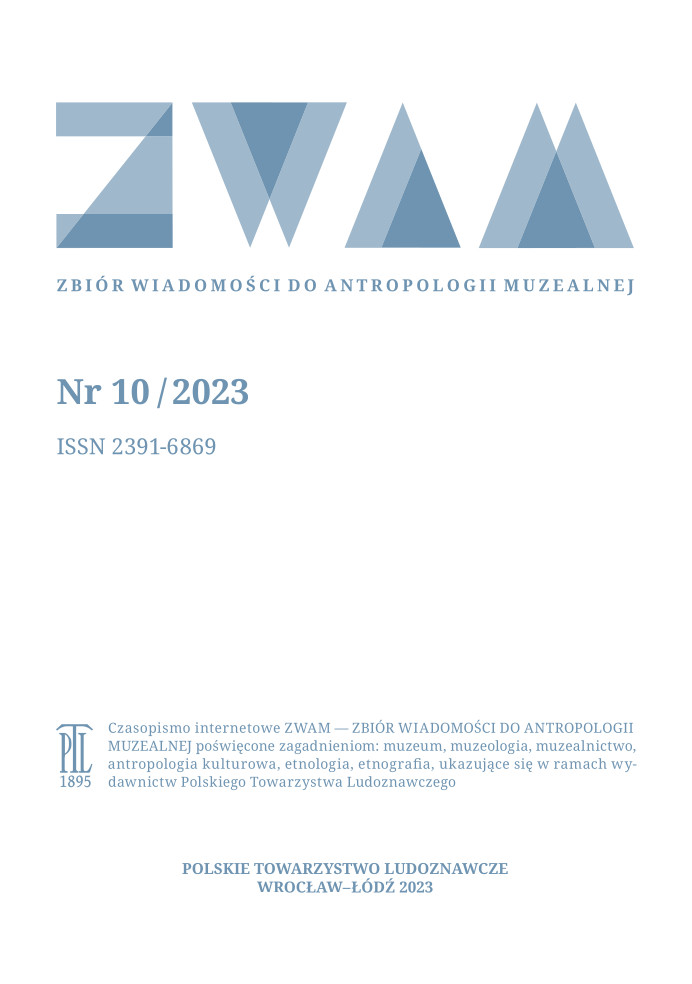Pumacayán, wirtualne „muzeum wody” na wolnym powietrzu jako przykład peruwiańskiego dziedzictwa narodowego
Pumacayán, a virtual open-air “water museum” as an example of Peruvian national heritage
Author(s): Elżbieta JodłowskaSubject(s): Archaeology, Visual Arts, Sociology of Culture, Sociology of Art
Published by: Polskie Towarzystwo Ludoznawcze
Keywords: Andes; Huaráz; Pumacayán; archaeological site; street art;
Summary/Abstract: The article, in sketch form, talks about the Pumacayán hill, located in the center of the city of Huaráz, the capital of the Ancash Region in northern Peru. The name “Pumacayán” comes from the Quechua language and means “place where pumas roar”. Even though the city is relatively large (about 140,000 inhabitants) and lies at the foot of the White Cordilleras, its central part hides undiscovered archaeological treasures. Although this place is already protected as part of the region’s cultural heritage and is supervised by the regional Ministry of Culture, it remains unique. In the past, the hill was the religious and administrative center of cultures developing here long before the Inca times, and later, it was an important place located at the crossroads of the Inca Road network. This region also has a tragic history of natural disasters which, recurring cyclically in this area, shaped the social aspects of life. The threat of earthquakes and avalanches is present in local beliefs, mythology, migration processes and the dynamic development of the city in recent decades. Currently, there are no visible artifacts, ruins, or other material traces of culture on Pumacayán Hill. Nevertheless, it harbors stone and ceramic artifacts that are still waiting to be discovered. In the article, I try to explain how this place might have functioned 1,200 years ago, during the dominance reign of the Chavín culture, and then during the rule of the Inca, and how it functions today, in the heart of the dynamically developing city.
Journal: Zbiór Wiadomości do Antropologii Muzealnej
- Issue Year: 10/2023
- Issue No: 1
- Page Range: 17-44
- Page Count: 28
- Language: Polish

